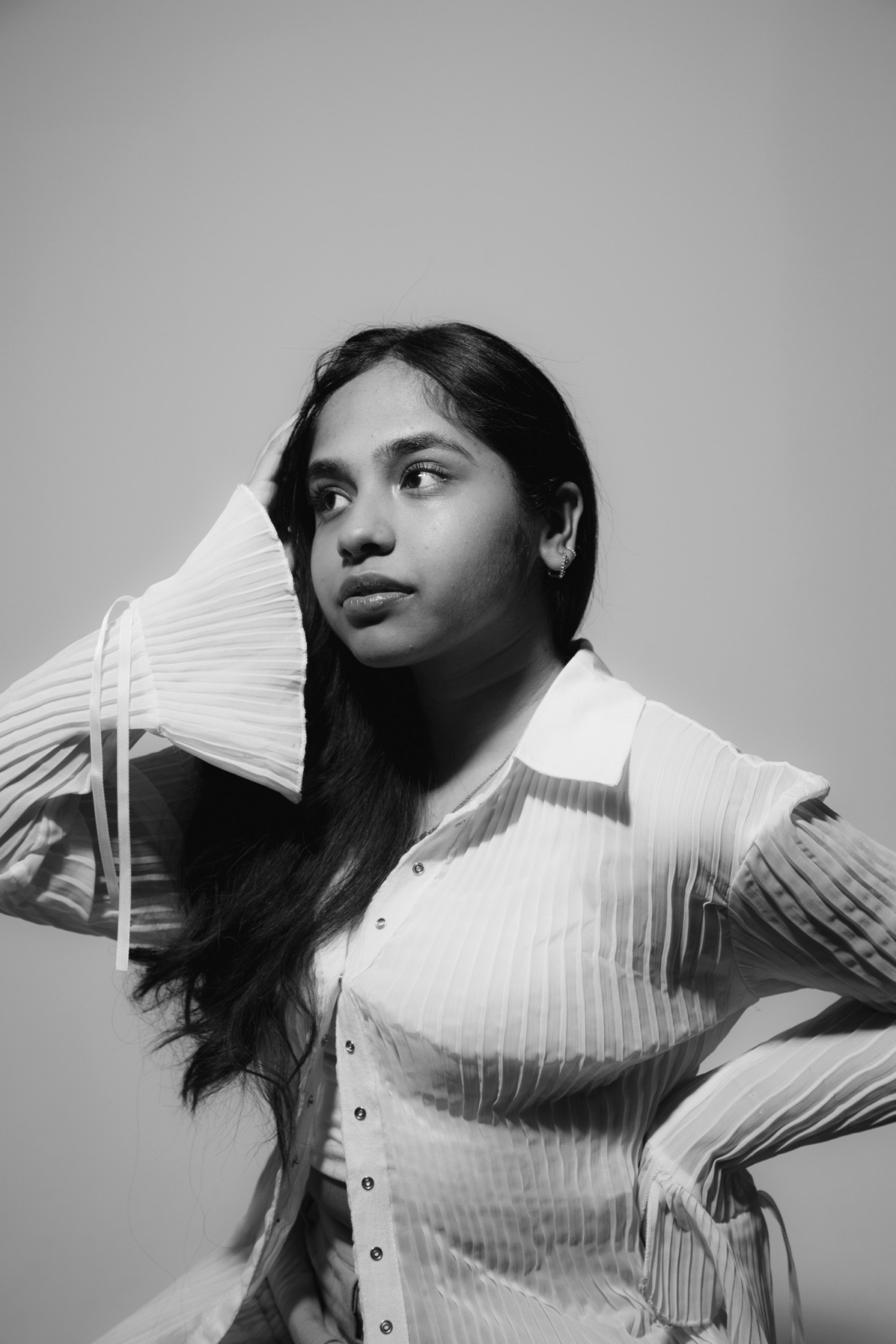We recently connected with Adiba Tamboli and have shared our conversation below.
Alright, Adiba thanks for taking the time to share your stories and insights with us today. Let’s jump back to the first dollar you earned as a creative? What can you share with us about how it happened?
The first time I earned money as a creative was actually through my school. I was hired as an Academic Master Tutor to help students in an Adobe Illustrator class. I’d used Illustrator a lot in my own projects, so it felt natural to help others with it-troubleshooting, explaining tools, and giving feedback on their work.
It wasn’t some big client job, but it felt good to get paid for something related to design. It was also the first time I realized that knowing how to use a tool well can turn into an opportunity to help others and grow your own confidence. That small role gave me my first sense of what it’s like to be treated as a creative professional.
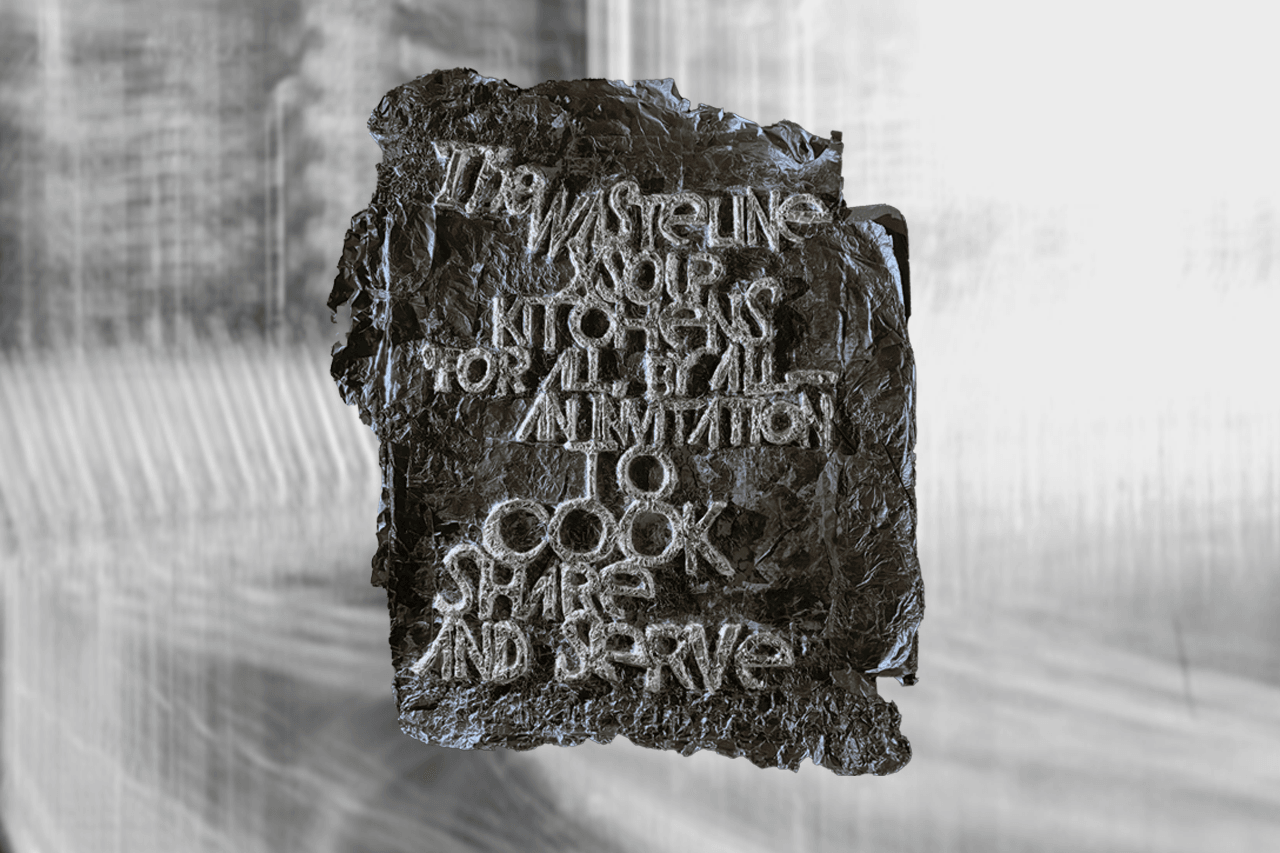
As always, we appreciate you sharing your insights and we’ve got a few more questions for you, but before we get to all of that can you take a minute to introduce yourself and give our readers some of your back background and context?
I am originally from Mumbai, India. I moved to New York City to study Graphic Design at the Fashion Institute of Technology, and that decision completely changed my life. Being in NYC gave me access to a whole new creative landscape, and over time, I found myself drawn to work that lives between the tangible and the conceptual.
My creative practice spans across editorial design, installations, motion graphics, typography, and experimental packaging. I love creating design experiences that are layered and thoughtful something you can feel, not just see. Whether it’s a book, a poster, a brand system, or an immersive installation, I try to bring emotional weight and clarity to everything I make. One thing people consistently tell me is that my design sensibility stands out that there’s a certain emotion and honesty in my work that connects.
I’m not just about making things look good I care about the why behind the design. I think a lot about how people experience things, how design can shape behavior, feeling, or memory. That shows up in my thesis work too, where I’m exploring how the design of everyday objects, like a table, can influence human interaction.
What I’m most proud of, honestly, is just being here. I’m 21, living alone in New York, far from home, working hard every day, and choosing to pursue what I love. That might sound simple, but to me, it feels brave.
For anyone coming across my work for the first time I hope you see intention, curiosity, and care in everything I put out. I’m not here to fit into a mold. I want to keep pushing, learning, and creating work that reflects both who I am and what I believe design can do.

What’s the most rewarding aspect of being a creative in your experience?
For me, the most rewarding part of being a creative is having the freedom to create my own world visually, conceptually, emotionally. I love that I can take something I’ve observed or felt and translate it into a form that others can experience too. Especially when the work doesn’t have to follow a strict rulebook – it can be messy, layered, personal, and still meaningful.
I also love that as a designer, I get to constantly switch between roles sometimes I’m a storyteller, sometimes a researcher, sometimes a builder. It keeps things interesting. I’m not doing the same thing every day, and that flexibility lets me follow my curiosity.
There’s something really fulfilling about building work that feels like you not just following trends or doing what’s expected. Being able to say, “This came from me, and it matters,” even in small ways that’s the part I value the most.

How can we best help foster a strong, supportive environment for artists and creatives?
In my view, one of the most important things society can do to support artists and creatives is to truly value process over just polished outcomes. A lot of creative work gets judged only when it’s finished, but so much of the real thinking, experimenting, and meaning happens in the in-between. Giving space, time, and funding for exploration without the pressure of immediate results would make a huge difference.
Also, access is everything. Making art spaces, grants, mentorships, and resources more approachable especially for emerging artists, international students, or people from nontraditional paths helps create a more inclusive and thriving ecosystem. Not everyone starts with connections or confidence, so support should meet people where they are.
Lastly, I think society needs to stop separating creativity from “real” work. Design, art, storytelling these shape how we think, feel, connect, and live. Treating creative fields with the same respect and seriousness as other industries would help more artists actually sustain themselves, not just survive.
Contact Info:
- Website: https://adibatamboli.xyz
- Instagram: @adiba.tamboli @visuals.byadiba
- Linkedin: https://www.linkedin.com/in/adiba-tamboli/



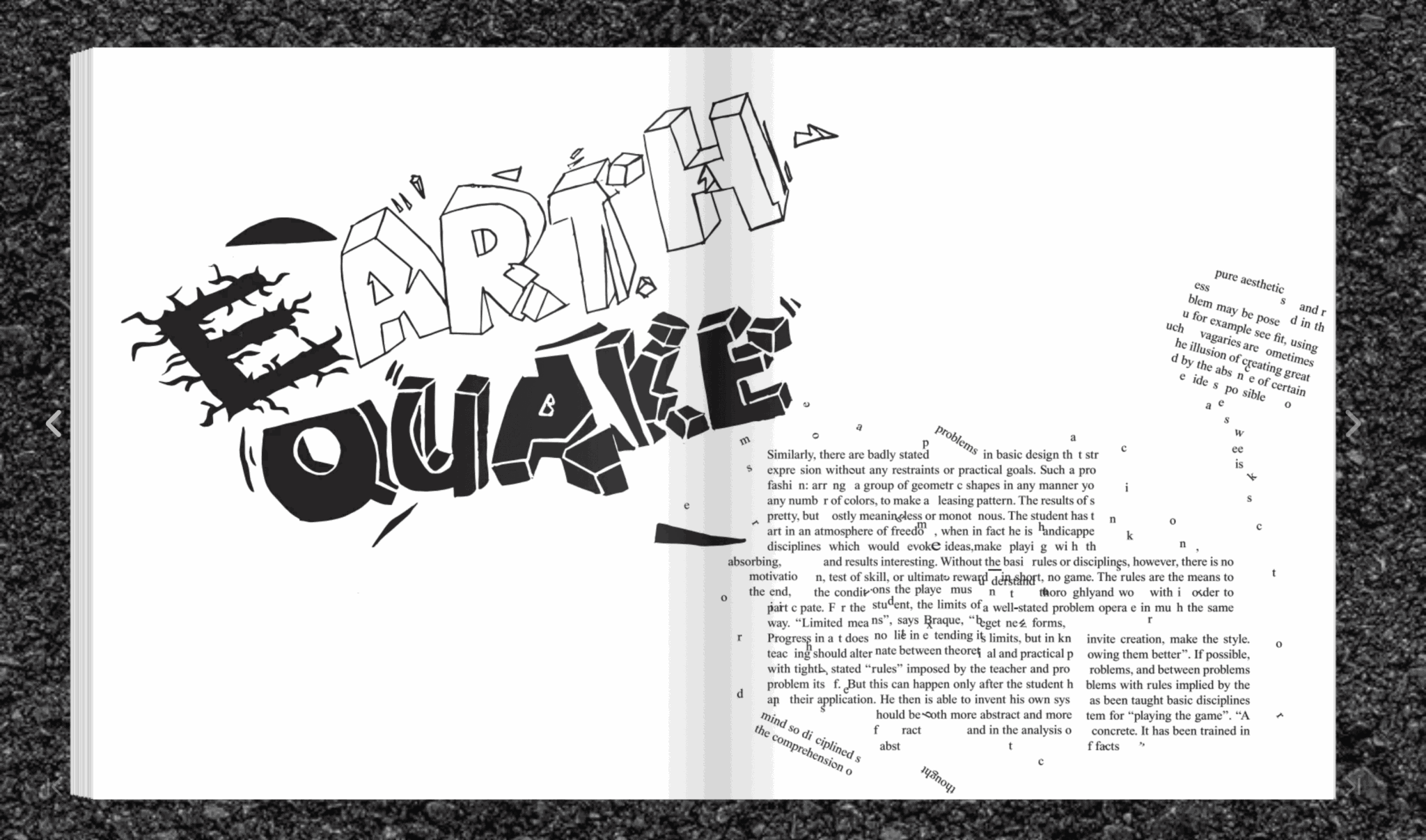
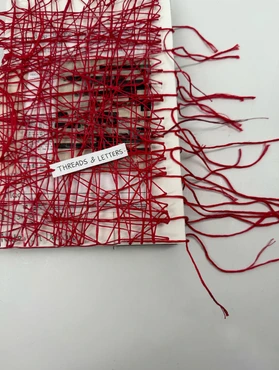
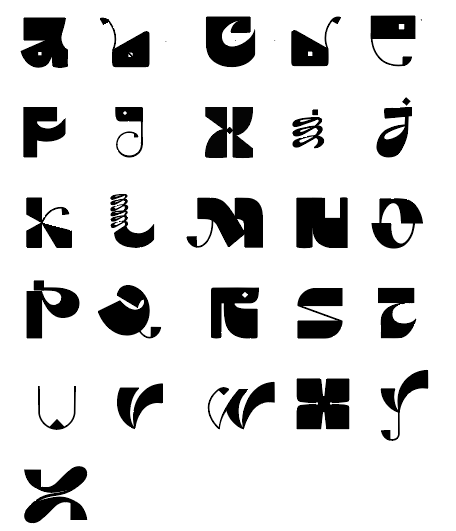
Image Credits
personal photo – Bharat rawal (photographer)


